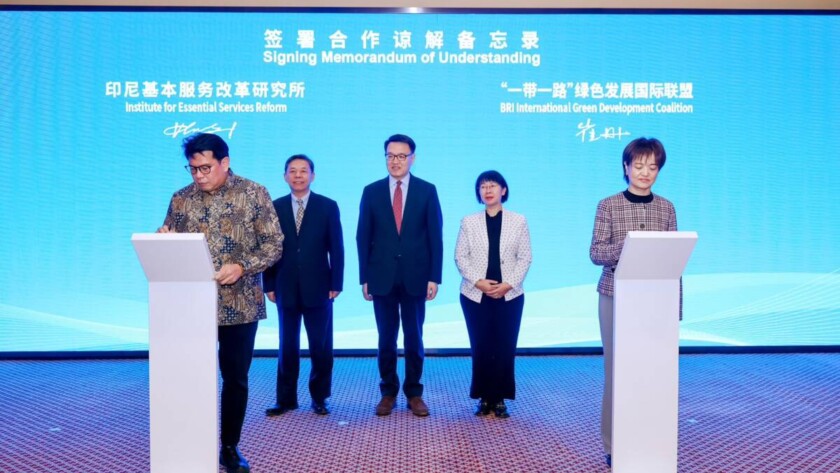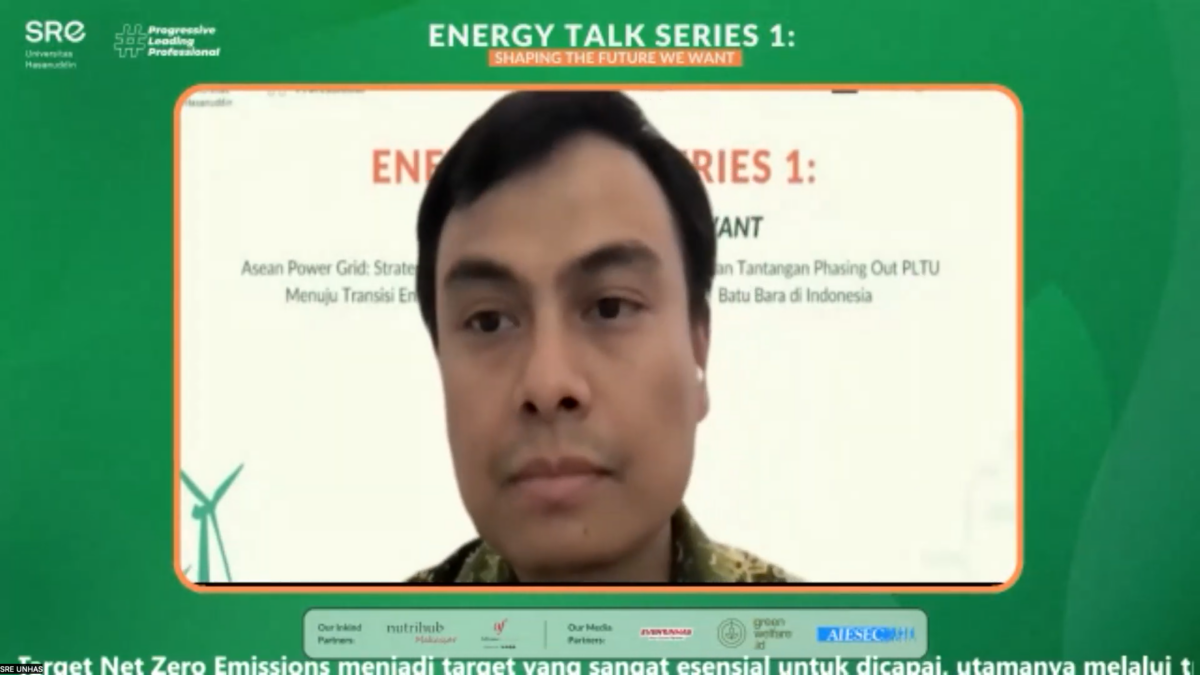IESR Executive Director Fabby Tumiwa (left) and BRIGC Secretary General Ciu Dandan (right) signed a Memorandum of Understanding (MoU) in Beijing, witnessed by the Vice Minister of China's Ministry of Ecology and Environment.
Beijing, China, December 13, 2024- Strengthening Indonesia’s climate ambitions and accelerating the energy transition require close international collaboration, including with China…




